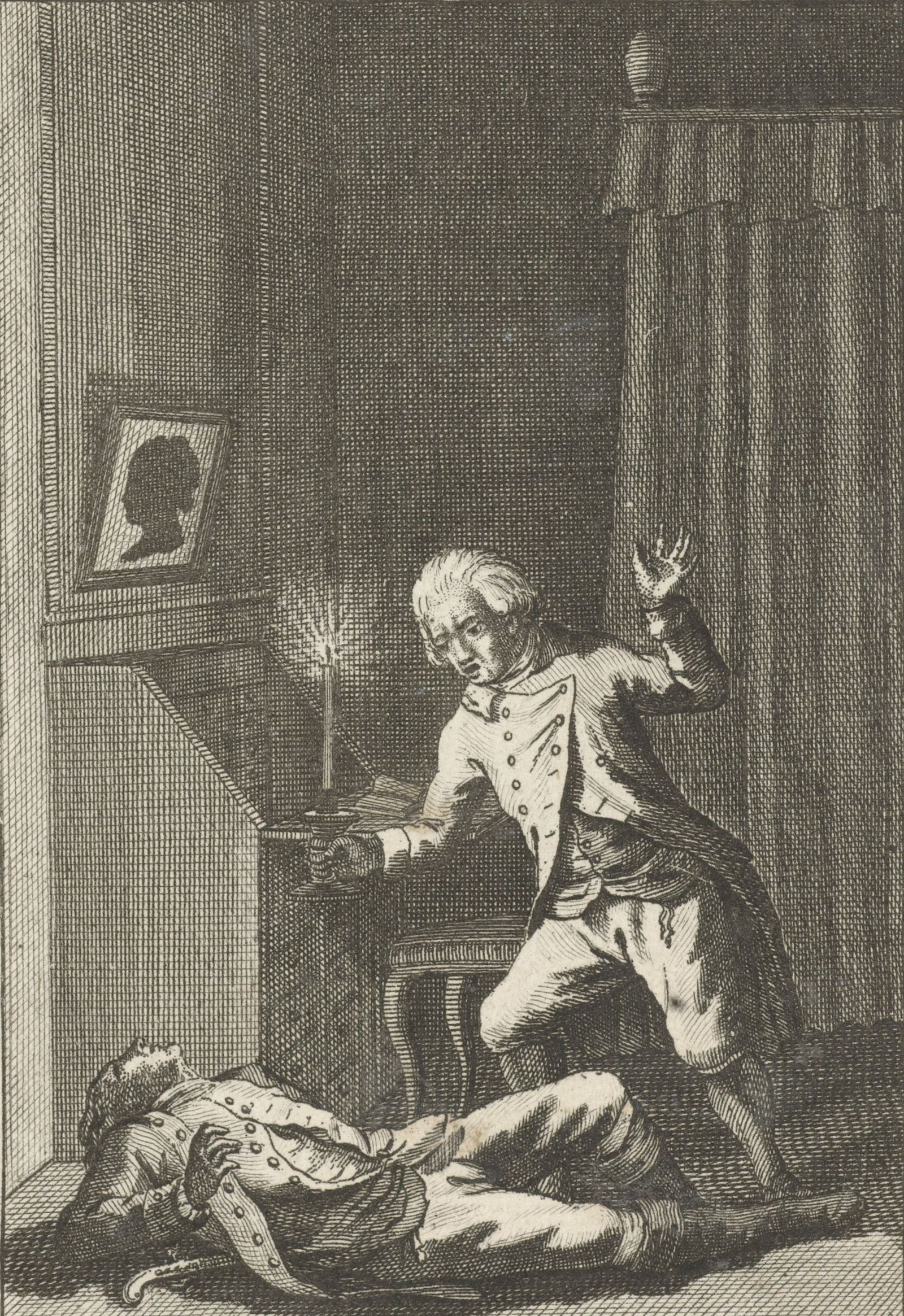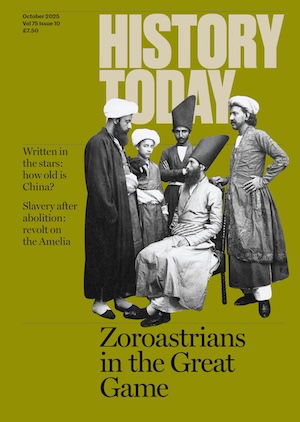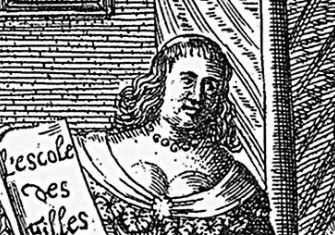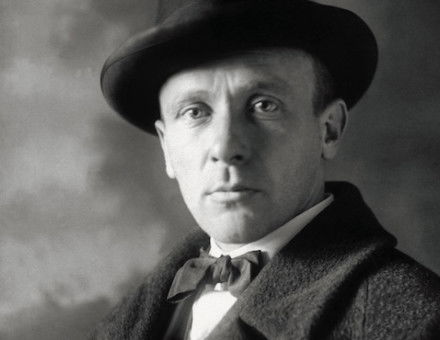The Media’s First Moral Panic
Goethe’s novel, The Sorrows of Young Werther, was blamed for a spate of suicides during the ‘reading fever’ of the 1700s. It set a trend for manufactured outrage that is with us still.

When cultural commentators lament the decline of the habit of reading books, it is difficult to imagine that back in the 18th century many prominent voices were concerned about the threat posed by people reading too much. A dangerous disease appeared to afflict the young, which some diagnosed as reading addiction and others as reading rage, reading fever, reading mania or reading lust. Throughout Europe reports circulated about the outbreak of what was described as an epidemic of reading. The behaviours associated with this supposedly insidious contagion were sensation-seeking and morally dissolute and promiscuous behaviour. Even acts of self-destruction were associated with this new craze for the reading of novels.







